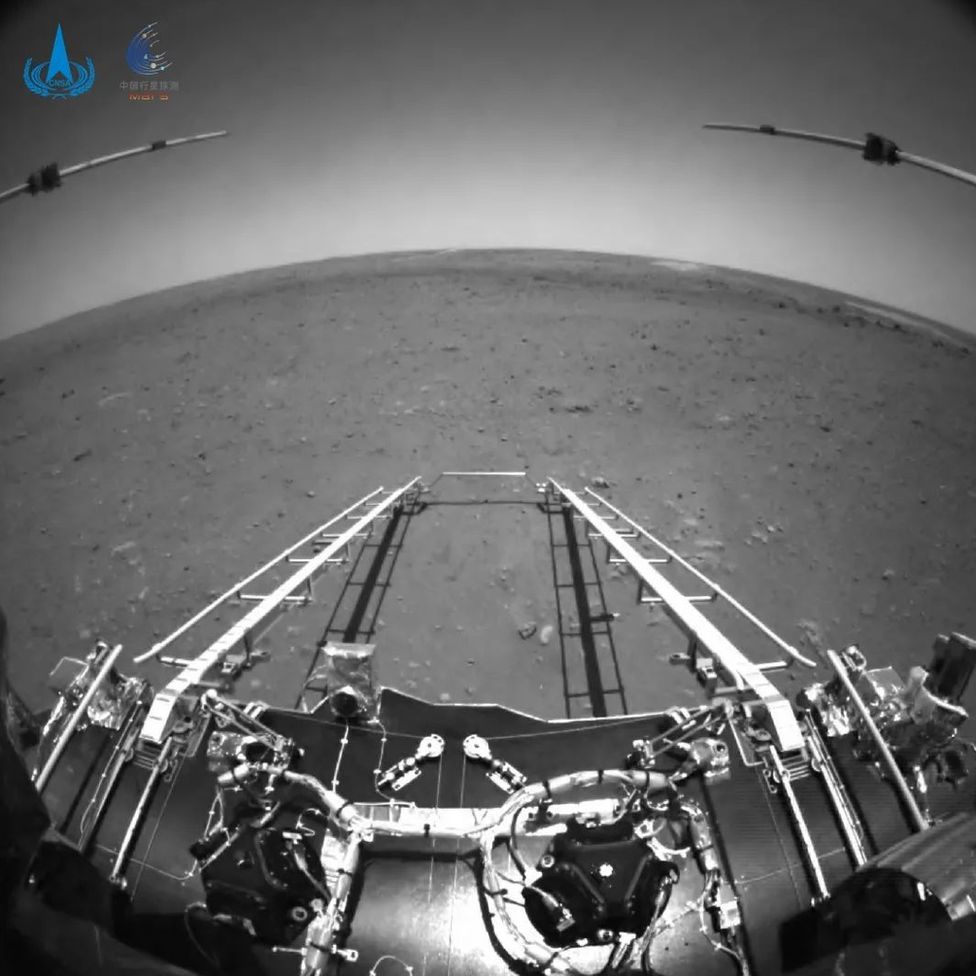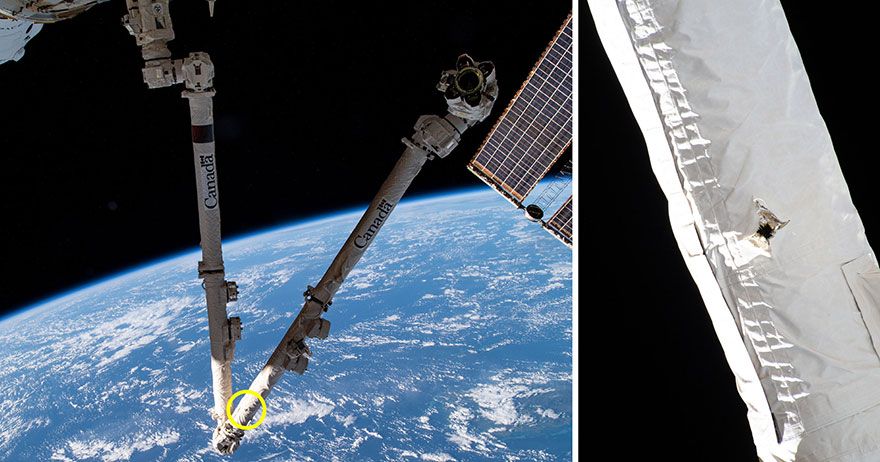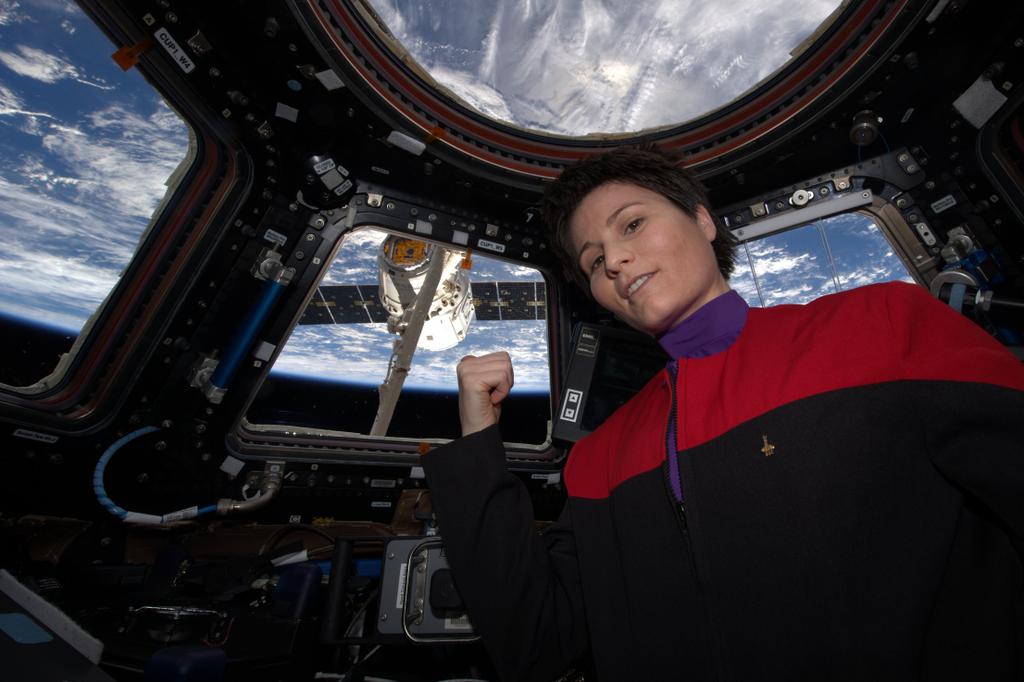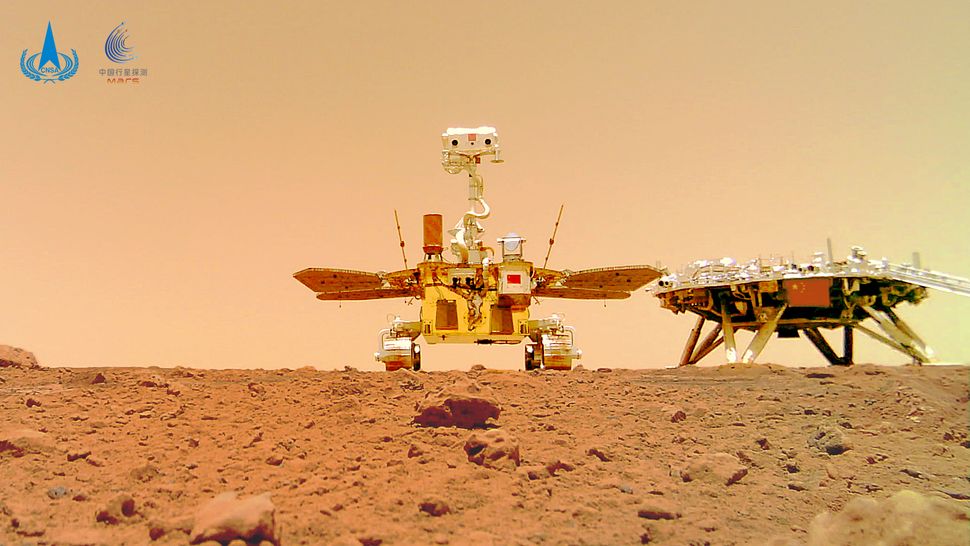Dr.
From parts unknown
- Joined
- Aug 19, 2010
- Messages
- 6,364
- Reaction score
- 3,455
- Points
- 103
Interesting. But this feature of red dwarfs (more generally) has been known for some time. Specifically: because red dwarfs are so small and cool, their so-called habitable zones are much closer in. And while this proximity would be conducive to liquid water — and possible life — on a planet, it would also subject the planet to excessive levels of radiation and stellar flares — which is not conducive to life as we know it.
Habitability of red dwarf systems - Wikipedia
It seems the ideal star to orbit is one like ours: a reasonably safe distance away and yet still hot enough.
Last edited:












